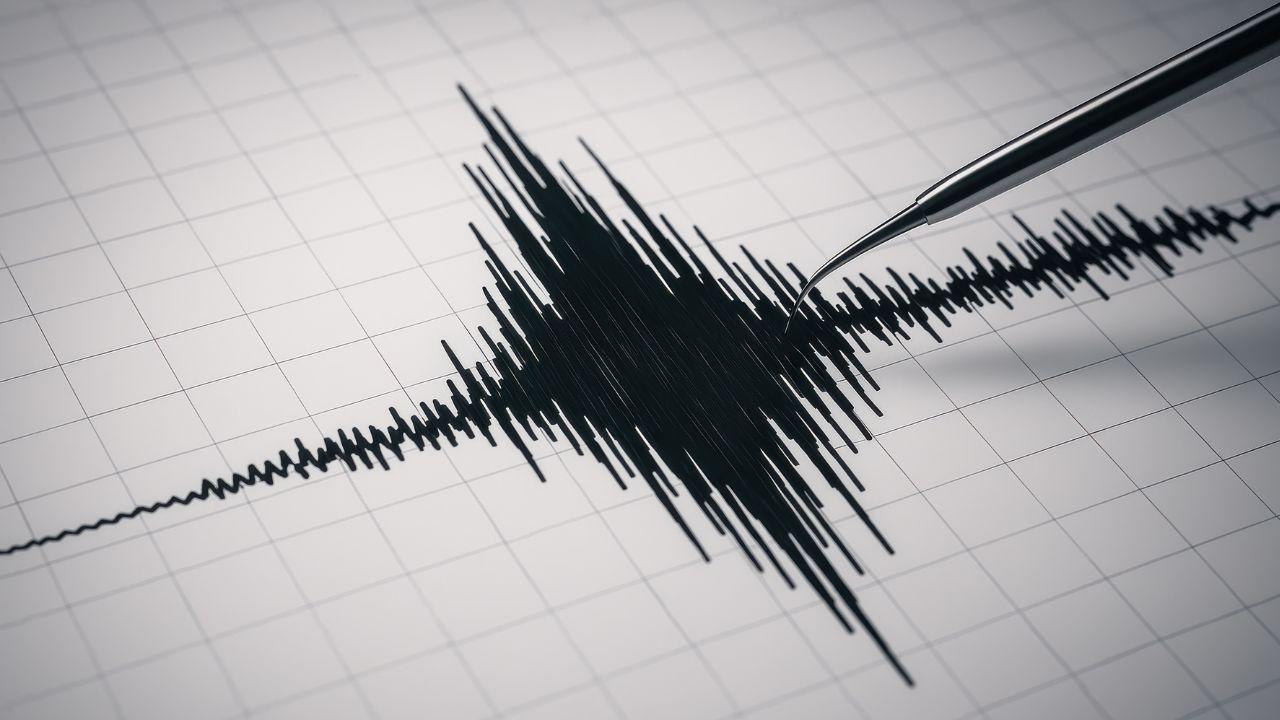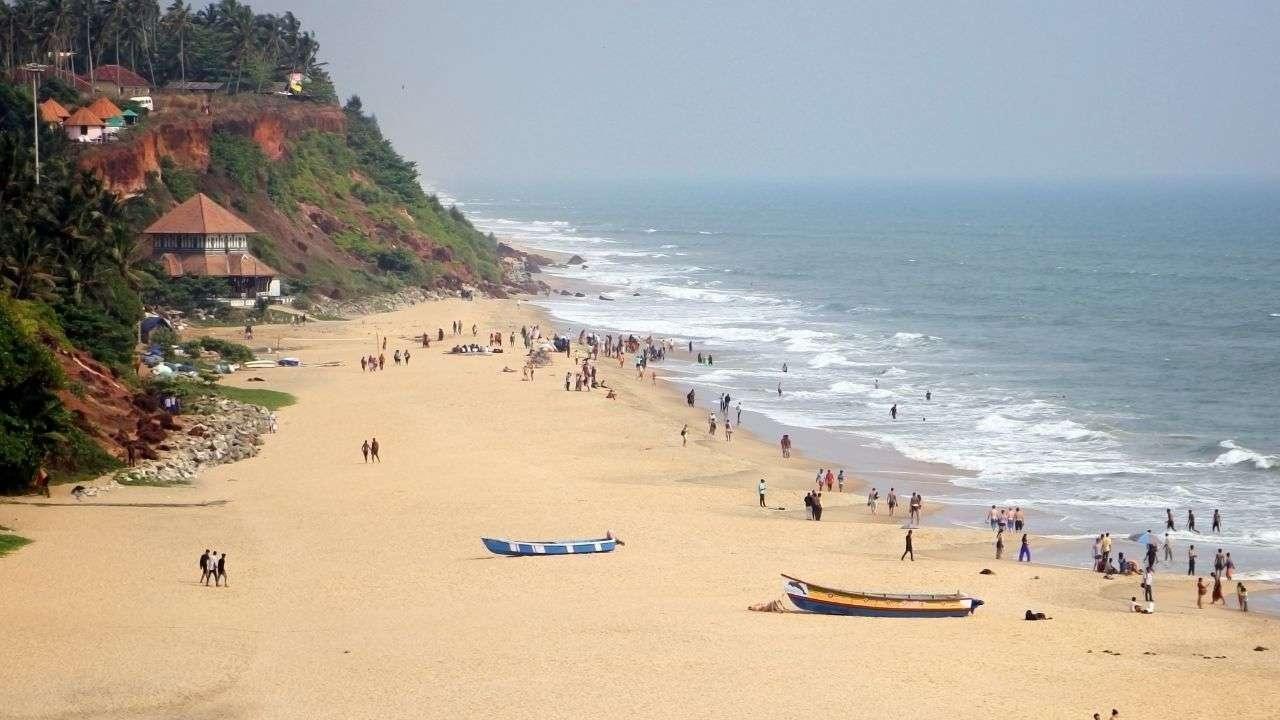
Post by : Mumtaaz Qadiri
An offshore earthquake with a preliminary magnitude of 7.6 struck off a southern province of the Philippines on Friday morning. The quake caused widespread panic as people rushed out of their homes and buildings. Authorities reported power outages in several areas and immediately urged residents in coastal villages to evacuate due to a potential tsunami.
The earthquake was centred 62 kilometres southeast of Manay town in Davao Oriental province, originating from a fault at a shallow depth of 10 kilometres. The shallow depth increased the intensity of the tremors felt on land, prompting safety measures across nearby regions.
Immediate Evacuations and Safety Measures
Officials swiftly ordered villagers along the coastlines of nearby provinces to evacuate to higher ground. The government emphasized the risk of a tsunami, taking precautionary steps to minimize casualties. Emergency teams were deployed to monitor coastal areas and assist residents in moving to safer locations.
Schools in Davao City, which is home to about 5.4 million people and located roughly 250 kilometres west of Davao Oriental, temporarily evacuated students. Parents and local authorities coordinated to ensure the safety of children and staff in educational institutions near the affected regions.
Tsunami Warnings Issued
The Pacific Tsunami Warning Centre indicated that hazardous waves could appear within 300 kilometres of the epicentre. Coastal communities were advised to be vigilant, as waves up to 3 metres above normal tide levels were possible along certain Philippine shores. Smaller waves were also anticipated in nearby island nations, urging authorities to maintain alertness.
Residents were instructed to move inland and avoid low-lying coastal areas. Local governments activated emergency response protocols and coordinated with disaster management agencies to provide immediate assistance where necessary.
Anticipated Aftershocks and Damage
Seismologists warned of potential aftershocks following the earthquake, which could further damage vulnerable structures. Houses, businesses, and infrastructure in Davao Oriental and neighbouring provinces were at risk, and residents were urged to remain vigilant until official assessments confirmed safety.
Authorities are conducting inspections to assess structural damage and ensure that essential services like electricity and water are restored as quickly as possible. Precautionary measures include the monitoring of bridges, roads, and public facilities to prevent accidents from aftershocks.
Community Response and Preparedness
Local communities and disaster management teams are working together to implement emergency plans and ensure that vulnerable populations are protected. Evacuation centres have been opened, and officials are distributing food, water, and medical aid to affected residents.
The earthquake has served as a reminder of the Philippines’ vulnerability to seismic activities, and authorities continue to emphasize the importance of preparedness and public awareness for natural disasters.










Markram Ready For Spin Challenge In Pakistan Test Series
South Africa captain Aiden Markram welcomes Pakistan’s spin-friendly wickets, seeing them as a fair

Top 10 Stunning Beaches in India You Should Experience at Least Once
Explore India's top 10 stunning beaches, from Goa's iconic Palolem to the serene Radhanagar in Andam

YouTube Offers Terminated Creators Chance To Start New Channel
YouTube introduces a pilot program allowing some terminated creators to request a new channel and re

Medvedev Reaches Shanghai Masters Semifinals After Win
Daniil Medvedev beats Alex de Minaur to reach Shanghai Masters semifinals. Djokovic and Rinderknech

Global Regulators Warn Banks About Risks of Using AI
Global financial regulators urge banks to monitor AI risks closely to prevent cyberattacks, fraud, a

7.6 Magnitude Earthquake Strikes Southern Philippines
A 7.6 offshore earthquake hits southern Philippines, causing power outages, panic, and tsunami warni